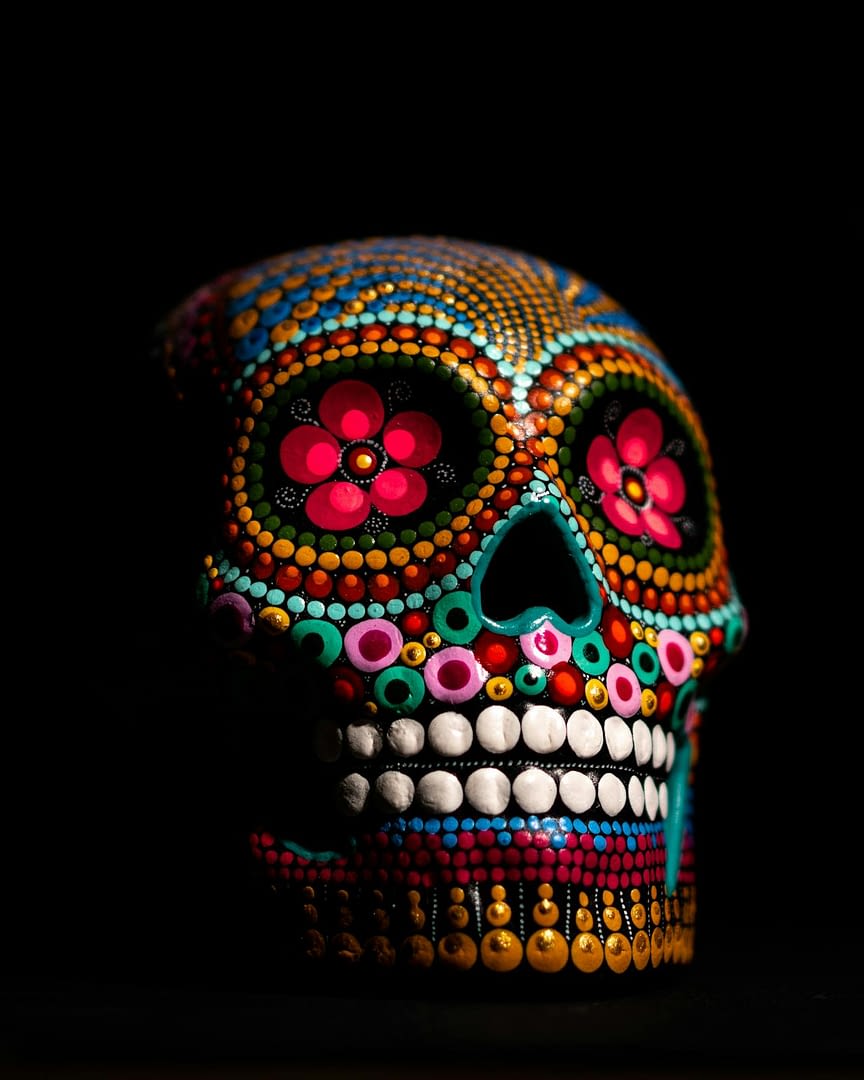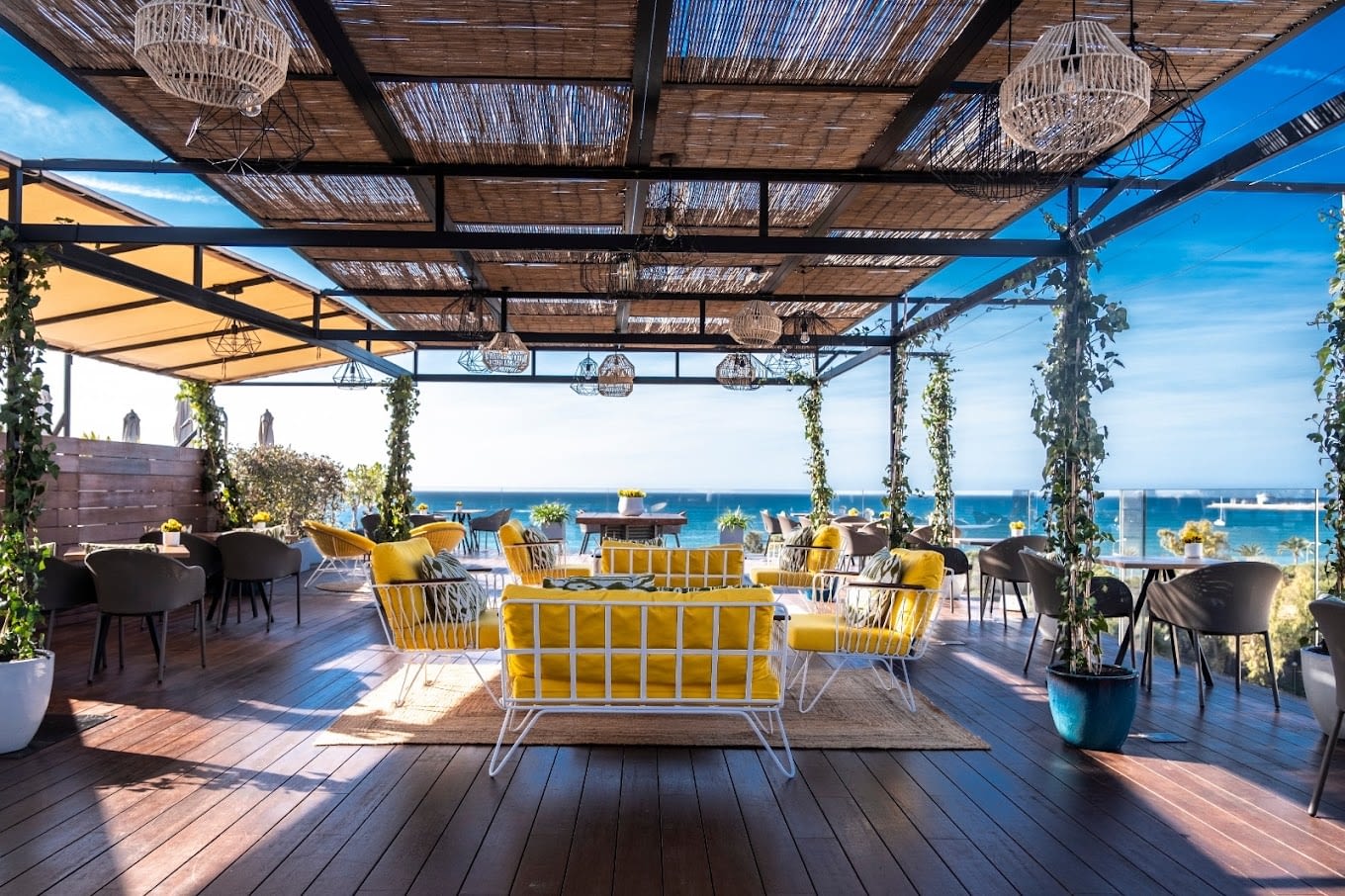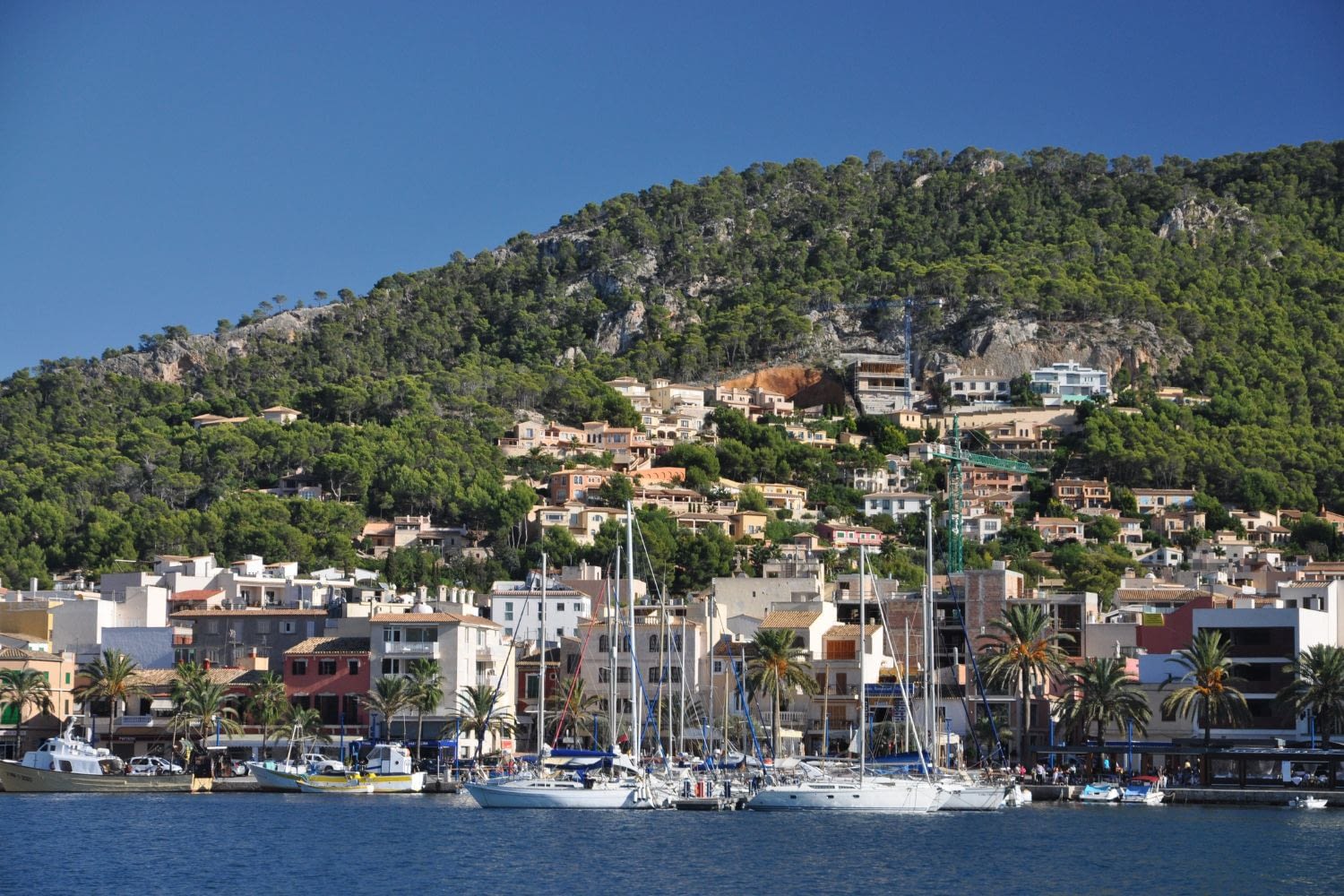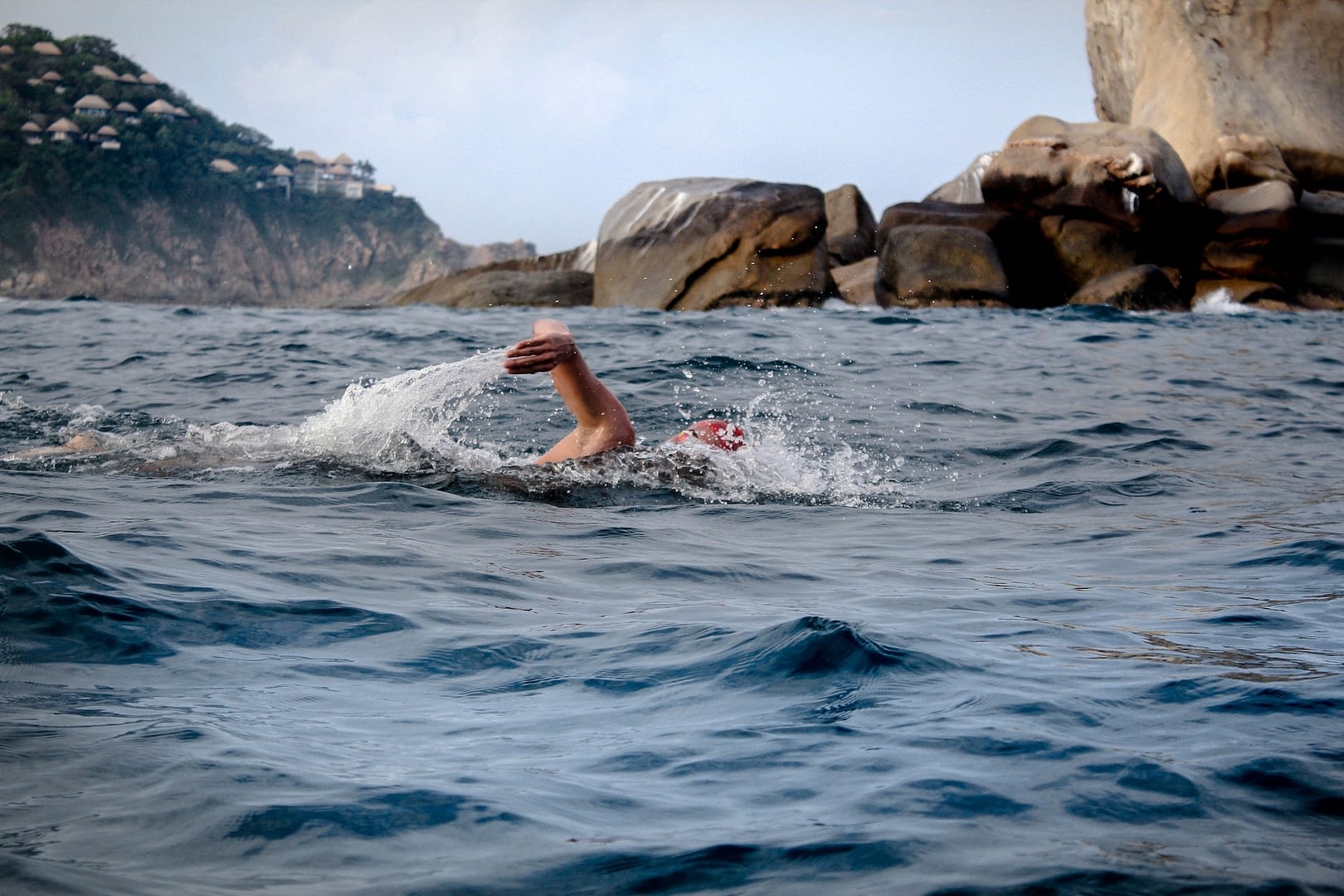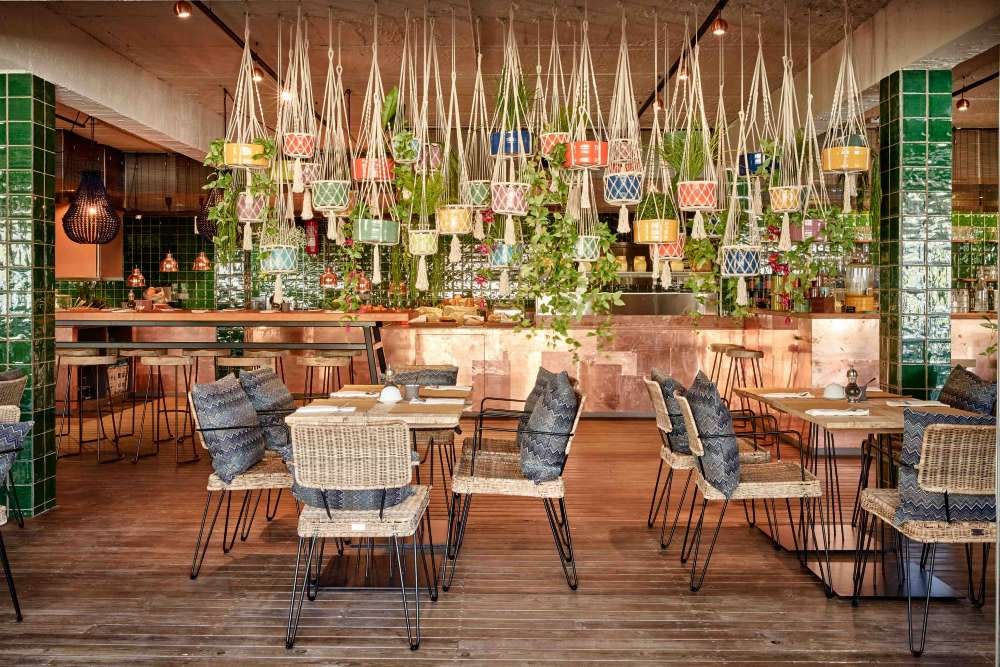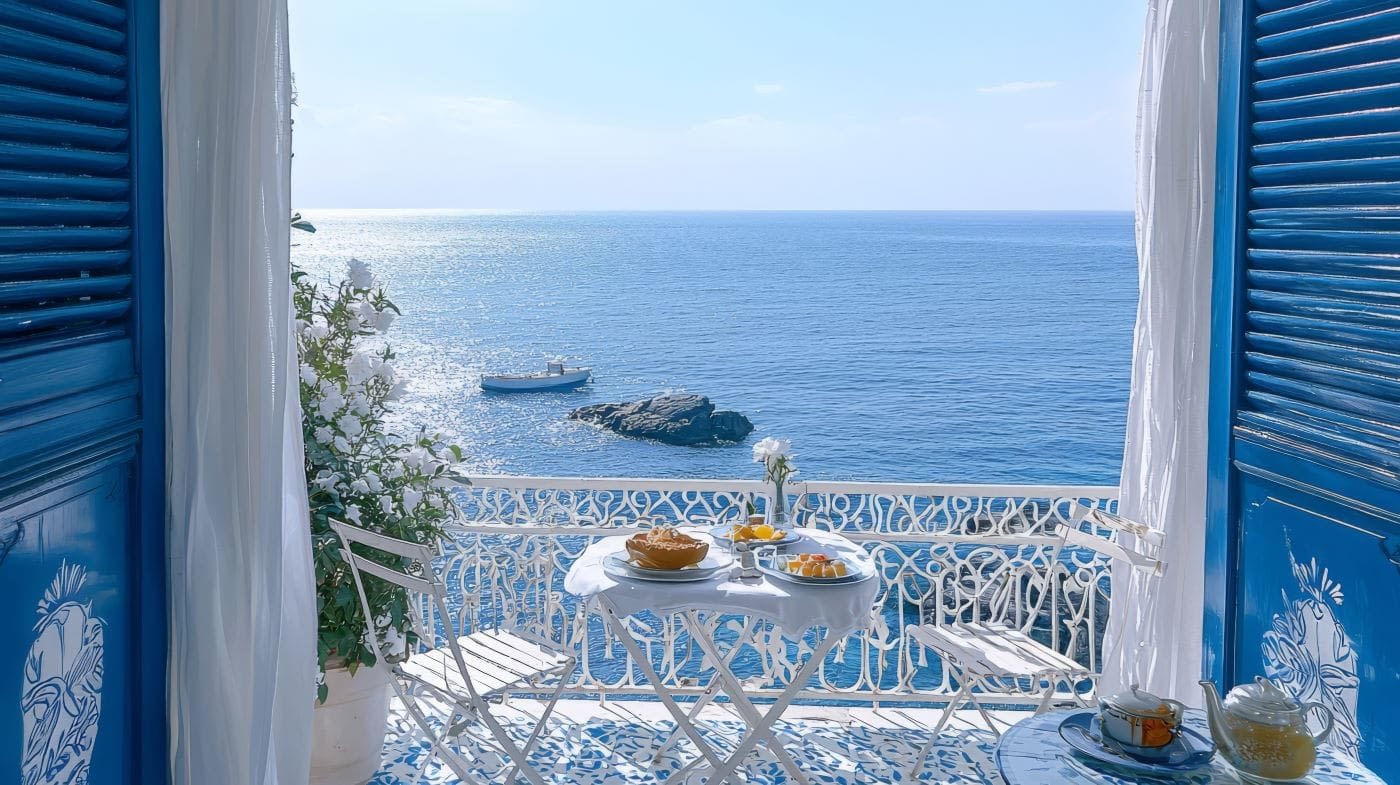How Mallorca Celebrates Halloween and the Day of the Dead
Autumn brings a series of meaningful and colourful celebrations worldwide, each honouring themes of life, death, and remembrance. In Spain, Halloween, Día de Todos los Santos (All Saints’ Day), and Día de los Muertos (Day of the Dead) blend to form unique traditions influenced by international customs and deep-rooted Spanish culture. Mallorca offers its take on these holidays, making October 31 through to November 2 a fascinating time to visit or experience the island.
For more tips on Mallorca, click here.
Halloween in Spain and Mallorca
Halloween, the festival most often associated with North America, has only recently gained popularity in Spain. For many Western cultures, Halloween has evolved into a night of costumes, haunted houses, and trick-or-treating. In Spain, however, Halloween’s influence only truly arrived in the 1980s, propelled by globalisation and an increasing appetite for international festivities.
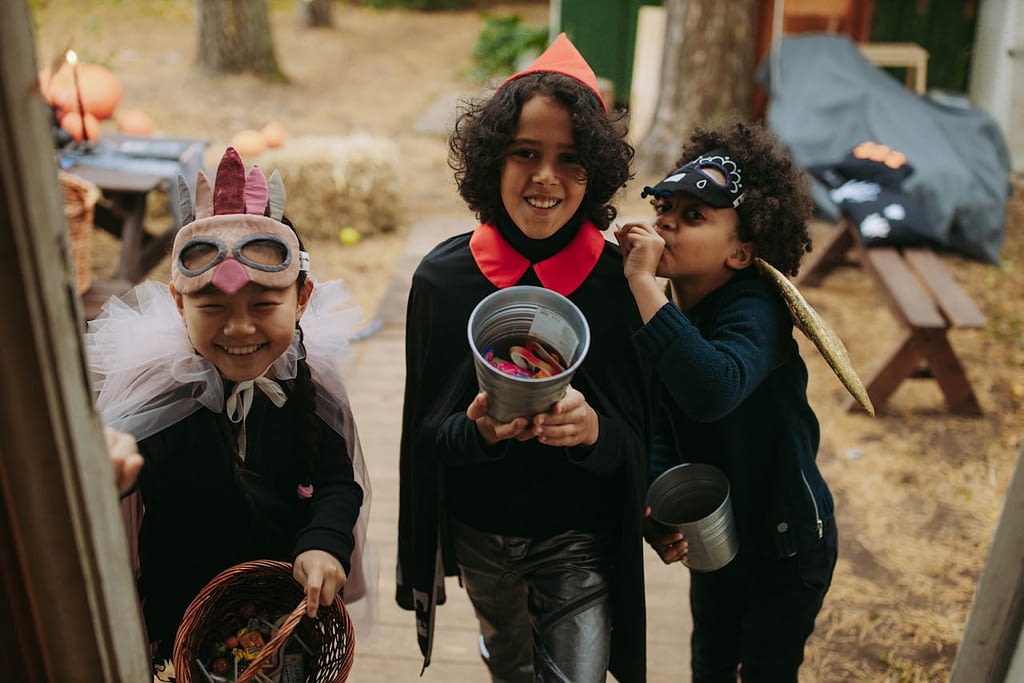
Halloween is particularly popular among younger generations and expats in Mallorca, with the island offering many Halloween-themed parties, decorations, and treats. International schools hold Halloween events, allowing students to dress up and participate in games and activities. Palma features events for locals and visitors, and you may even spot Halloween-themed markets during late October. Still, Halloween here retains a distinctly Mediterranean flair; I wouldn’t want it any other way as Spanish traditions seep in, and even Halloween treats are often infused with Mediterranean flavours like almond and olive oil.
Mallorcans add a local touch rather than merely adopting Halloween customs from abroad. You’ll find locally inspired costumes that reflect Mallorcan folklore, with characters like the “dimonis” (demons) appearing alongside traditional witches and ghosts. And while kids go trick-or-treating in some villages with a more international community, it isn’t common. Many Mallorcan families generally use this time to prepare for the more solemn celebrations of All Saints’ Day.
All Saints’ Day in Spain: Honoring the Departed
November 1, known as Día de Todos los Santos or All Saints’ Day, is a national holiday across Spain. Rooted in Catholic tradition, All Saints’ Day is a day of remembrance for loved ones who have passed away. Families visit cemeteries, clean gravestones, and leave fresh flowers, especially chrysanthemums, as symbols of love and respect.
In Mallorca, All Saints’ Day is observed with a blend of solemnity and family togetherness. Families gather, often sharing a special meal to celebrate the lives of those they’ve lost. Traditional sweets like “panellets”, small pastries made with almonds, pine nuts, and sometimes a hint of citrus—are enjoyed throughout Catalonia and the Balearic Islands.
All Saints’ Day is observed in many countries around the world, each adding its unique touch. In France, families visit graves and leave chrysanthemums, similar to Spain. In the Philippines, it’s celebrated as “Undas,” where families gather at gravesites, sharing food and stories, making it a lively and communal affair. Portugal and Italy also observe this holiday, with families visiting cemeteries and offering prayers.
Día de los Muertos: A Celebration of Life in the Face of Death
The Day of the Dead, or Día de los Muertos, is one of the most well-known Mexican traditions. Celebrated on November 1st and 2nd, it originates from ancient Aztec rituals. Honouring the dead and celebrating life through artful displays of altars, vibrant decorations, and offerings like “pan de muerto” (bread of the dead), marigolds, and personal mementoes. This unique holiday is as much a celebration of life as it is an homage to those who have passed on.
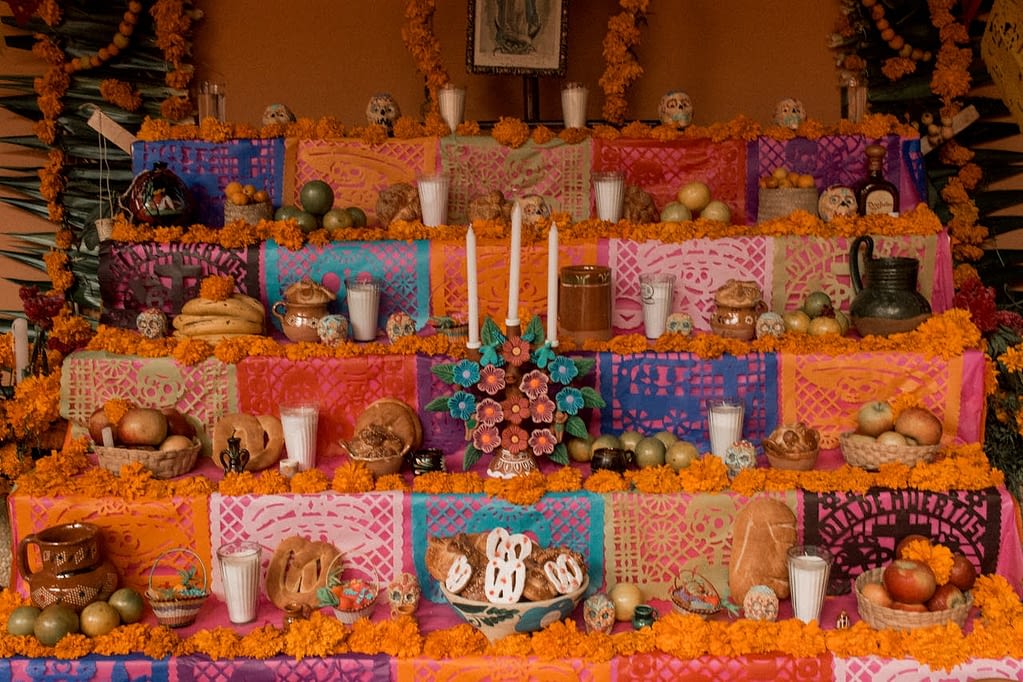
Día de los Muertos has begun to resonate with people across Spain, partially due to media exposure and cultural exchanges. In larger cities like Madrid and Barcelona, people celebrate with festivals, markets. Day of the Dead-themed events featuring traditional face painting, Mexican music, and cultural exhibitions. Mallorca is slowly embracing this celebration, too. While not as widely observed as in mainland Spain, you may find pockets of Day of the Dead-inspired gatherings in Mallorca, primarily where expat communities reside.
A Blend of Cultures: Halloween, Día de Todos los Santos, and Día de los Muertos in Mallorca
The juxtaposition of Halloween, All Saints’ Day, and the Day of the Dead has created a unique cultural blend in Mallorca. Halloween allows for playful expression and costumes. Día de Todos los Santos brings solemn respect and family bonding, and the Day of the Dead invites reflection on mortality in a colourful, life-affirming way. Locals and expats can enjoy these festivals and experience a blend of remembrance, reverence, and celebration.
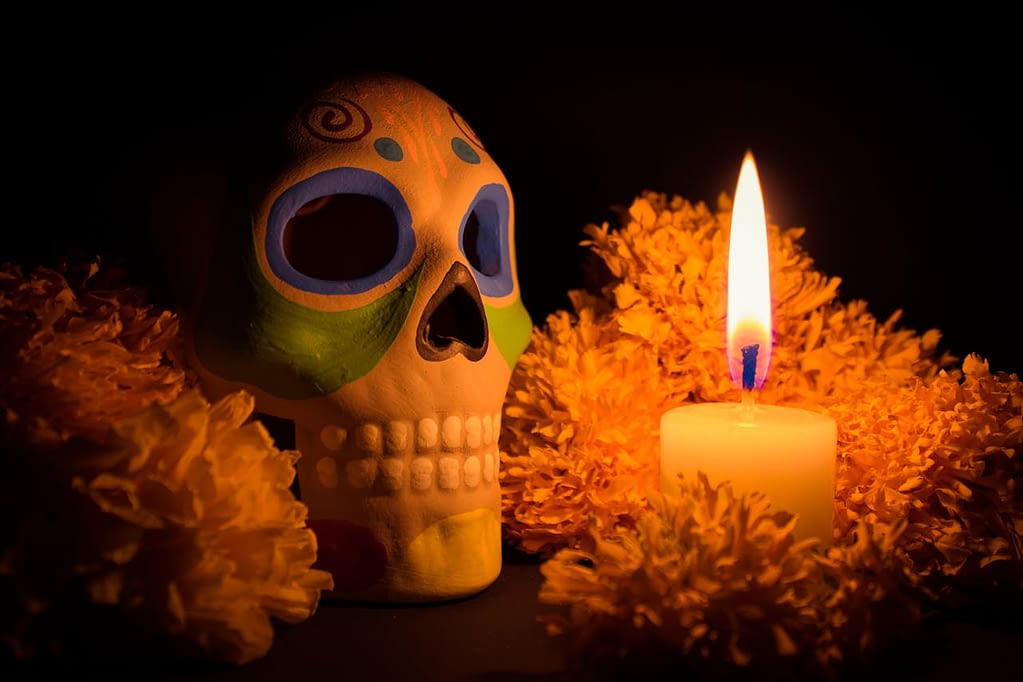
While Halloween parties and Día de los Muertos decorations are becoming more common. Mallorcans deeply respect the traditions of Día de Todos los Santos. Visitors to Mallorca during this period should feel welcome to participate in the season’s events. From exploring Halloween markets to respectfully visiting local cemeteries.
Summary
Mallorca’s celebration of Halloween, All Saints’ Day, and the Day of the Dead is a beautiful mix of cultures. Offering a unique way to experience October and November. Whether you’re a resident or a visitor, these festivities provide a chance to explore familiar and new traditions. Engage with the history, join in the celebrations, and savour this season of remembering, honouring, and celebrating life.

